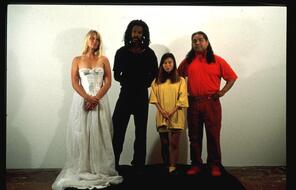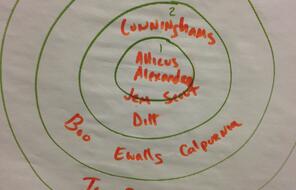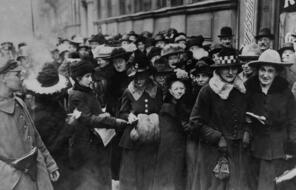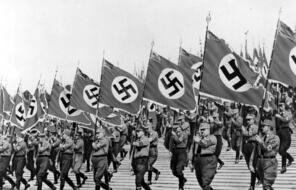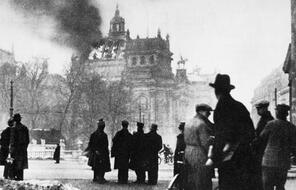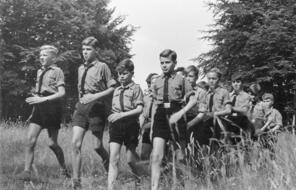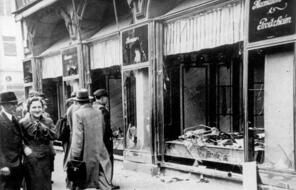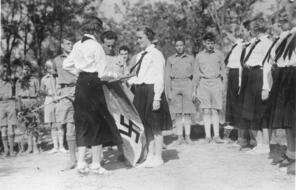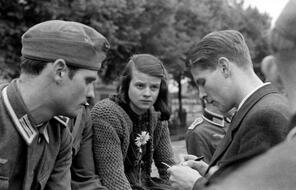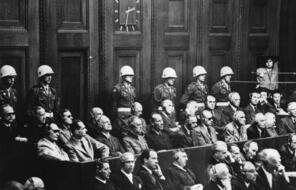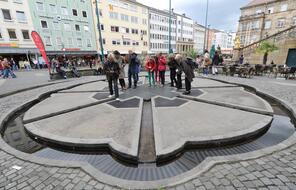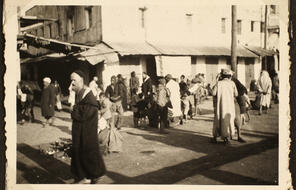
Teaching Holocaust and Human Behaviour (UK)
Overview
About This Unit
Designed for UK classrooms, this unit consists of fifteen lessons and leads students through an examination of the catastrophic period in the twentieth century when Nazi Germany murdered 6 million Jews and millions of other civilians during the Second World War.
It draws upon and adapts resources from the book Holocaust and Human Behaviour and its related media collection, and it follows the Facing History & Ourselves scope and sequence. Students begin with an examination of the relationship between the individual and society, reflect on the way humans divide themselves into ‘in’ groups and ‘out’ groups, and consider both the Weimar Republic and the Nazi Party’s rise to power in Germany. Students then bear witness to the human suffering of the Holocaust and examine the range of responses from individuals and nations to the genocidal mass murder of the Nazi regime. In the later lessons, students draw connections between this history and the present day, weighing questions like how to achieve justice and reconciliation in the aftermath of atrocities, how painful histories should be remembered, and how this history educates us about our responsibilities in the world today.
Preparing to Teach
A Note to Teachers
Before you teach this lesson, please review the following guidance to tailor this lesson to your students’ contexts and needs.
Lesson Plans
Unlimited Access to Learning. More Added Every Month.
Facing History & Ourselves is designed for educators who want to help students explore identity, think critically, grow emotionally, act ethically, and participate in civic life. It’s hard work, so we’ve developed some go-to professional learning opportunities to help you along the way.
Exploring ELA Text Selection with Julia Torres
On-Demand
Working for Justice, Equity and Civic Agency in Our Schools: A Conversation with Clint Smith
On-Demand
Centering Student Voices to Build Community and Agency
On-Demand





